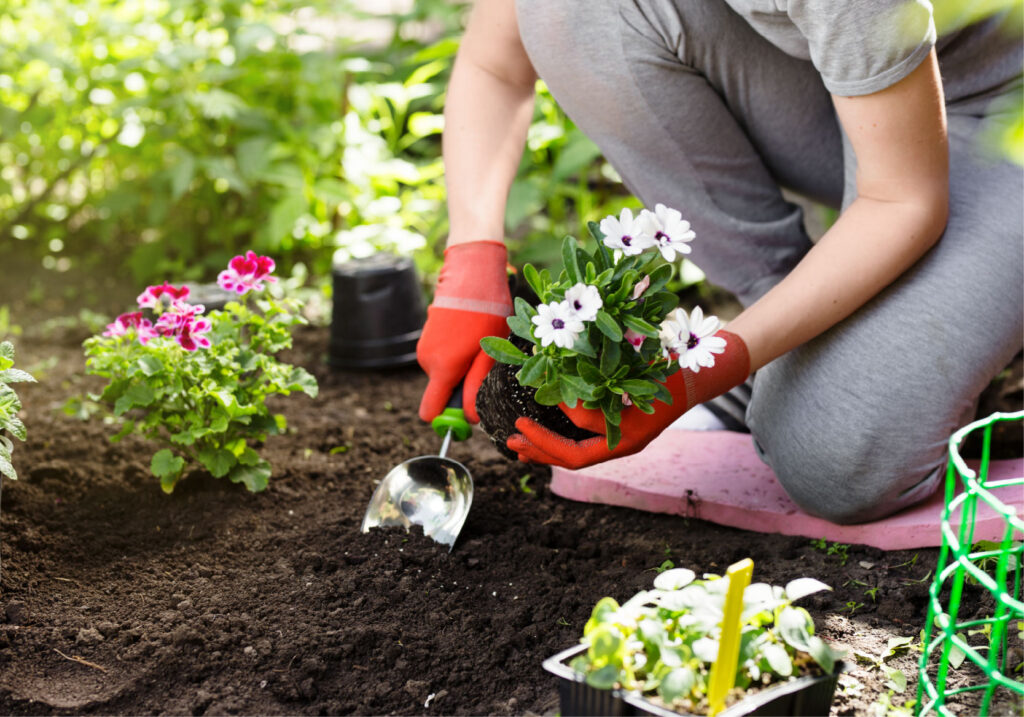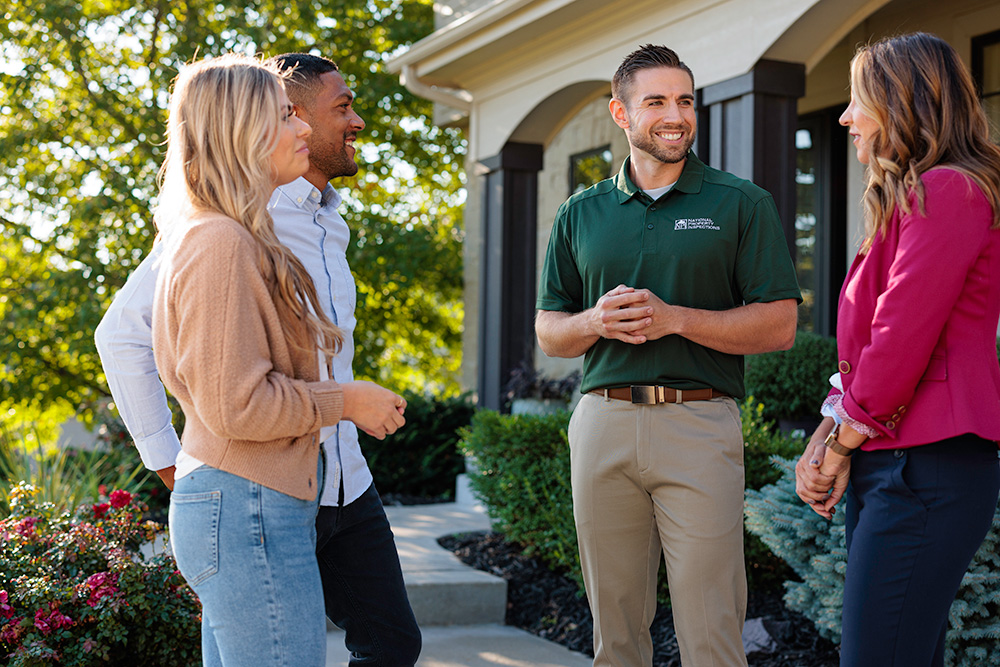Buying your first home comes with a mile-long to-do list. What color will you paint your walls? Should you tackle renovations now, or start fresh with new furniture first? With so much focus on the interiors, it can be easy to forget about the space just outside your back door.
Learning to care for your own yard and garden is a whole new skill set. But don’t worry, getting into gardening doesn’t have to be intimidating. The right plants can add beauty to your lawn, boost curb appeal, and even put fresh food on your table.
Ready to dig in? Here are five simple tips every first-time homeowner should know to get started with gardening.
Tip #1: Find the Right Tools
Just like you need a hammer and screwdriver to keep up with your house’s maintenance needs, a few key tools will make your yard work much easier. To start, it’s smart to grab the right pair of gloves suited for what you’re planning to grow and for your area.
Rubber, water-resistant gloves are helpful when working often in muddy ground, and leather gardening gloves are particularly durable for working with prickly greenery. Gloves also protect you from harmful soil-borne diseases like rose gardener’s disease (see more information from the CDC).
Other than your gloves, your tools will depend on what you want to grow and where you’re planning to cultivate. Hand trowels or spades are helpful for transferring plants from containers into the soil, watering cans are needed for gentle overhead watering, and wheelbarrows may be helpful for any more ambitious gardening plans.
With the right tools, your garden plans will be smoother, safer, and far more enjoyable.
Tip #2: Pick the Right Plants
Once you’re equipped, it’s time to pick out what you want to grow! Veggies will add some healthy greens to your dinner table, while flowers and bushes add curb appeal and should encourage your family to spend more time outdoors. Whichever route you decide to go, make sure you can handle your plants’ needs.
Start by searching for your plant hardiness zone (see the USDA’s free search tool). These zones outline which plants can survive your climate’s coldest temperatures. Then, examine your yard throughout the day so that you’re familiar with which areas receive the most light and where shadows gather. Tomatoes, peppers, and flowers like marigolds and geraniums need sun, whereas hostas, begonias, spinach, and carrots do well with a bit of shade.
Start with a few options that you’re most excited to try, paying special attention to how well they match your home environment.
Tip #3: Water the Right Way
Water is another key ingredient to every successful garden, but more water doesn’t always mean healthier plants. In fact, overwatering might be the more common water management issue new gardeners experience. Overwatering restricts oxygen plants need to grow and leads to root rot (read more about overwatering from House Plant Journal).
To ensure your plants get the right amount of water:
- measure rainfall with a rain gauge,
- use a watering can with a gentle stream for even distribution,
- target water at the roots – not the leaves.
Additionally, consider watering in the morning rather than midday or in the evening. Water sitting overnight can lead to fungal growth, and water droplets magnify sun during the day, leading to plant scorch. Proper watering makes your plants thrive!
Tip #4: Practice the Right Plant Care
While the gardening tips we’ve already discussed clarify some of the more well-known plant care activities, there are even more methods beginners can use to encourage plant growth. Some may not enjoy seeing bees near their home, but their work as pollinators is invaluable when it comes to keeping a lively garden.
Bees and other pollinators like butterflies, beetles, and hummingbirds feed on nectar found in flowering plants, vegetables, and fruits. These activities facilitate pollen transfer that allows plants to reproduce and generate the flowering buds or tasty foods that humans love. With pollinators in your backyard, expect to see your garden go from struggling to vibrant!
To attract pollinators back to your lawn:
- Limit the use of pesticides – they hurt and keep away helpful insects,
- Plant native pollen-rich plants like local wildflowers,
- And add shallow water dishes which bees and birds love (like bird baths!).
Tip #5: Meet the Right Teachers!
Books and blog advice can help beginners start in the right direction, but nothing beats the advice of experienced gardeners who are familiar with the quirks of your local area. Begin by visiting any local nurseries–staff are usually more than happy to help “green” gardeners find their footing.
You can also ask about local classes, clubs, or even community gardens and find other gardeners to learn with. Those who aren’t afraid to ask questions and are willing to learn from their mistakes will see their own gardens flourish sooner rather than later – and likely have even more fun along the way!
Ultimately, gardening takes hard work and plenty of patience. While there are no true shortcuts, these tips can help you avoid making things tougher than they need to be. So what are you waiting for? Grab a trowel and a few seeds, then get to planting!
At National Property Inspections, we’re passionate about helping people find the right home and seeing them make the most of their investment–both inside and out. For more advice on caring for your new home, follow the NPI Inspector Blog.
And when it’s time to buy your next home, schedule an NPI Buyer’s Inspection to purchase with confidence. Find a certified NPI inspector near you to get started today!



